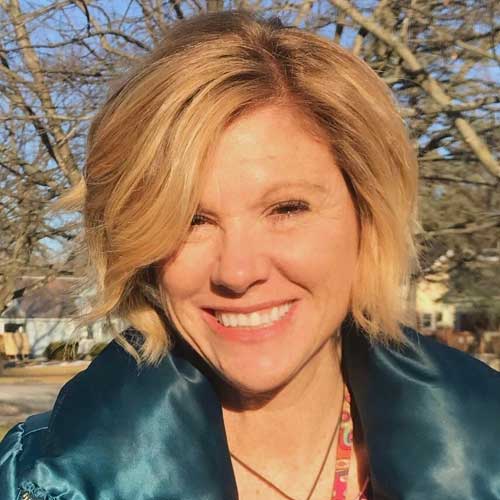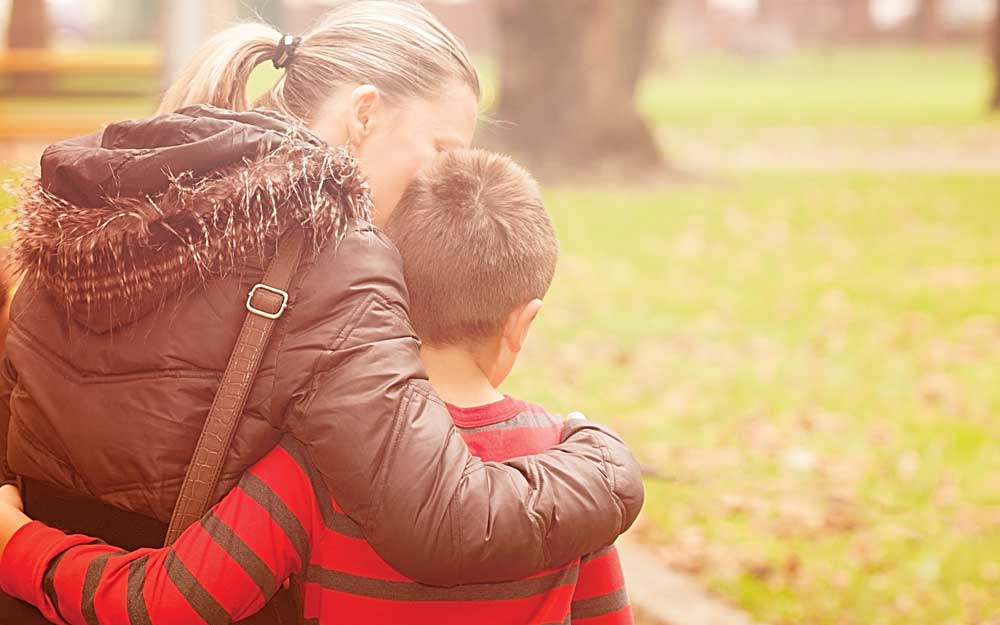Let’s face it, parenting is tough. Navigating the daily, even hourly, ups and downs can challenge the best of us. But sometimes the added challenges of parenting a child with an anxiety disorder such as obsessive-compulsive disorder (OCD), well, those challenges can bring out the best in us.
Receiving the OCD diagnosis
 When her 3-year-old son was diagnosed with severe OCD, ADD, and anxiety, Pam found herself at a crossroads.
When her 3-year-old son was diagnosed with severe OCD, ADD, and anxiety, Pam found herself at a crossroads.
“As a parent you want to fix everything for your child,” Pam shares. “But that doesn’t work with OCD. I had to let go of the perceived control we often have as parents, and embrace a new world of raising a child with an anxiety disorder.”
Managing school meetings, IEPs, 504 plans, playdates, social situations, doctor appointments, medication, and family dynamics can be more than a full-time job—and many parents are juggling those as well.
“We get used to handling everything and worrying constantly. It just becomes a normal part of your day,” says Pam.
OCD in kids
In fact, OCD is becoming a normal part of many parents’ days. According to the International OCD Foundation, about half a million children in the U.S. have OCD—that’s about five children in an average-sized elementary school and 20 teens in a large high school.
Symptoms of OCD such as paralyzing fear, rituals, and intrusive, unwanted thoughts can be debilitating for children, making it critical they receive the right kind of treatment.
Finding the right treatment
Pam tried many OCD treatments over the course of her son’s childhood, from natural remedies such as acupuncture, yoga and essential oils, to medications and traditional therapy.
But no matter how hard Pam and her son tried, none of these approaches were enough to maintain steady progress.
Then came the summer of 2017. Her son was 17 and facing college in the fall. “It was important for him to have the best possible chance at thriving in college and living on his own,” says Pam.
She knew he needed a more intensive, daily program. His regular therapist recommended Rogers Behavioral Health as a place where her other patients had found success.
“She said it would be like getting two years’ worth of therapy in 4-6 weeks,” says Pam.
‘The best I’ve ever felt’
Pam and her family traveled from their home in Albany, NY, to the Rogers clinic in Tampa, FL, to participate in the intensive partial hospitalization program (PHP) for OCD.
Held five days a week for four weeks, the program provided individualized treatment, cognitive behavioral therapy, dialectical behavioral therapy, exposure and response prevention, and more.
For anxiety and OCD in particular, Pam saw CBT, ERP, and medication management as the ‘gold standard’. Throughout the program, her son gained tools to manage OCD at home, learned to overcome intrusive thoughts, and developed new confidence in himself.
Pam also noticed the level of care from Rogers’ therapists and staff.
“We felt like family from the first week,” says Pam. “They treat patients with respect, and spend time getting to know the kids and their families. They stretched our limits, and helped us go places we never thought we could.”
Pam recalls her son’s thoughts on treatment, “After two weeks into the program, he said to me ‘I’m so glad we came here. This is the best I’ve ever felt.’”
Advice to other parents of children with OCD
Pam’s greatest advice to other parents of children living with OCD?
“There is help out there,” she says. “Take a leap of faith and try something different. You may just get the first sense of relief you’ve had in years.
“My son returned home with great jumpstart in his journey. He has many wins behind him to build on as he continues to live a rich life that’s so richly deserved by everyone.”
A special thank you to Pam for sharing her—and her son’s—story.


